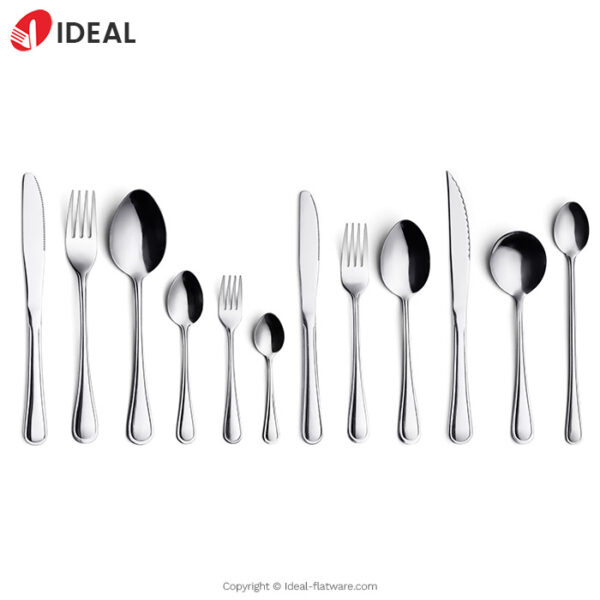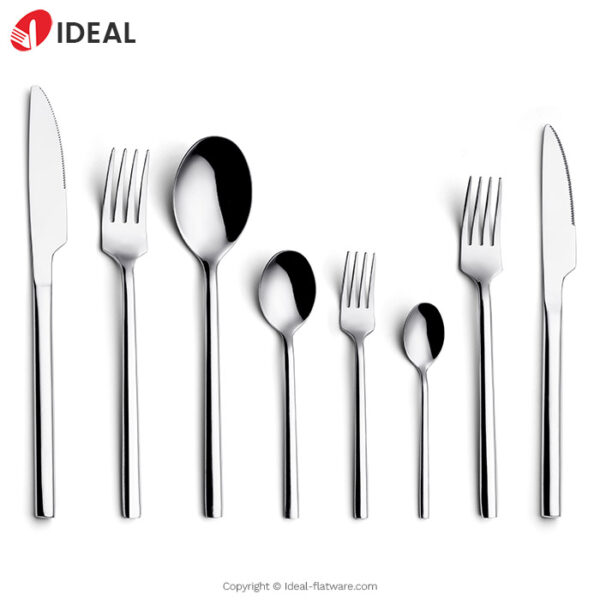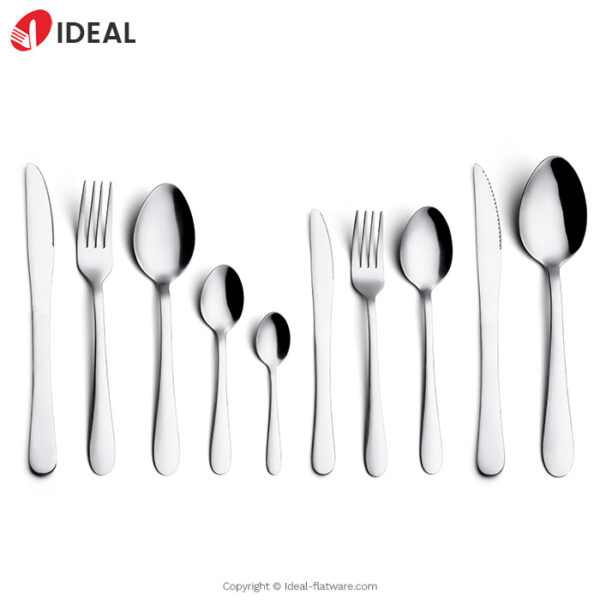Stainless steel is a very versatile material that is utilised in a broad variety of goods and applications. But did you know that there are several varieties of stainless steel? Knowing the distinctions between these categories will help you decide which is ideal for your particular project or product. In this blog article, we’ll look at the many varieties of stainless steel and how they differ.

Stainless Steel Varieties
Stainless steels that are austenitic
Because of their exceptional corrosion resistance coupled with good formability and weldability, austenitic stainless steels are the most often utilised type of stainless steel. They also include more nickel than conventional stainless steels, which gives them exceptional strength at temperatures as low as -270 degrees Celsius. The most common austenitic grades are 304 and 316, both of which contain 18% chromium and 8% or 10% nickel. Food processing machinery, medical gadgets, kitchen sinks, power plants, and chemical processing systems all employ these grades.
Stainless Steels with Ferritic Elements
Ferritic stainless steels are extremely magnetic and have a high chromium content but very low nickel. This makes them far less expensive than austenitic grades, but it also makes them less corrosion resistant in certain conditions. Because ferritic grades do not corrode when exposed to high temperatures or harsh substances like as salt water, they are commonly utilised in automobile exhaust systems. Because of their inexpensive cost and good look, they are frequently utilised in cookware and cutlery. Ferritic grades that are often used include 430, 439, 444, 409L, 441, and 436L.
Martensitic Stainless Steels
Martensitic stainless steels have a similar composition to ferritic grades but with higher levels of carbon (C). This gives them increased strength while still maintaining some ductility and toughness at low temperatures. They can be hardened using heat treatment processes such as quenching or tempering to achieve even greater strength levels at higher temperatures, up to 600°C (1112°F). However, martensitic grades typically don’t perform well in corrosive environments, so they aren’t suitable for many applications that require resistance to highly acidic solutions or extreme weather conditions.
Conclusion:
In conclusion, there are three primary varieties of stainless steel: austenitic, ferritic, and martensitic, each having its own distinct qualities that make it appropriate for diverse uses based on your requirements. Austenitic stainless steels have excellent corrosion resistance combined with good formability and weldability, but are more expensive due to higher nickel content; ferritic grades have lower costs but less corrosion resistance; and martensitic grades have higher strength but poor corrosion resistance. Martensite is typically hardened by heat treatment processes such as quenching or tempering at high temperatures up to 600°C (1112°F). Finally, it is up to you to choose the appropriate type of stainless steel based on your needs and budget!






